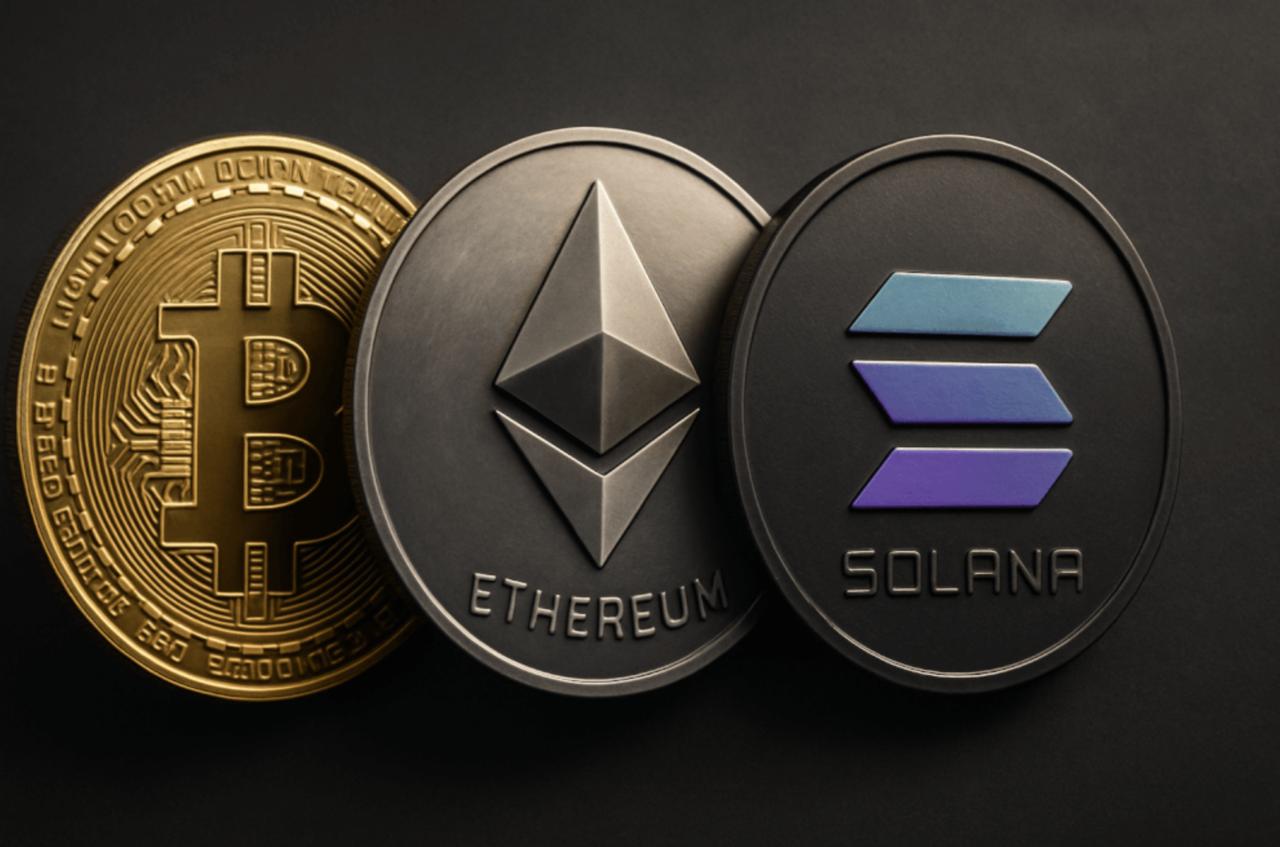
DTCC Reportedly Developing Stablecoin Amid Growing Digital Asset Focus
If confirmed, the move would mark a significant step into blockchain-based finance by one of the most influential institutions in traditional markets.
While DTCC has yet to comment publicly on the report, the initiative aligns with its ongoing exploration of digital asset use cases. The firm’s digital asset strategy is currently led by Nadine Chakar, Global Head of Digital Assets, who has overseen DTCC’s increasing engagement with tokenization and blockchain innovation.
Why It Matters: A TradFi Giant Embraces Blockchain
As a Securities and Exchange Commission (SEC)-registered entity, DTCC handles post-trade processing, settlement, custody, and data services for trillions in daily securities transactions. Its involvement in stablecoin development could be a major milestone for institutional adoption of digital assets.
In a recent blog post, DTCC highlighted the growing relevance of stablecoins, calling them an “emerging alternative settlement mechanism” and a key use case for blockchain technology. The company noted applications ranging from corporate cross-border treasury management to retail and securities settlements.
“Through updating payment infrastructures, stablecoins are now a payment option within various segments of the ecosystem,” the firm stated.
Stablecoins Gaining Ground in Traditional Finance
DTCC’s potential entry into the stablecoin space reflects a broader trend of traditional financial firms exploring Blockchain At its core, blockchain is a digital chain of blocks, but not in the traditional sense. These 'blocks' consist of bits of information, and when we refer to a 'block' and 'chain,' we're talking about digital data stored in a public database. Blockchain provides an innovative way to transfer information automatically and securely. A transaction begins when one party creates a block, which is then verified by thousands, even millions, of computers across the network. This decentralized ledger of financial transactions is constantly evolving, with new data continuously added. What makes blockchain tamper-proof is that each record is unique, with its own distinct history. To alter one record would require changing the entire chain of millions of other records. Blockchain is grounded in three key principles: decentralization, transparency, and immutability.
If launched, a DTCC-backed stablecoin could carry significant weight in validating digital assets as part of the future financial infrastructure—blurring the lines between TradFi and DeFi in a regulated, scalable manner.
The post DTCC Reportedly Developing Stablecoin Amid Growing Digital Asset Focus appeared first on Coindoo.
